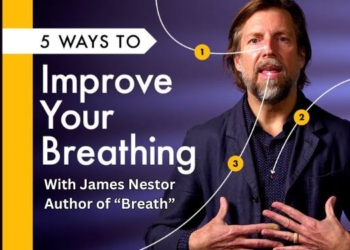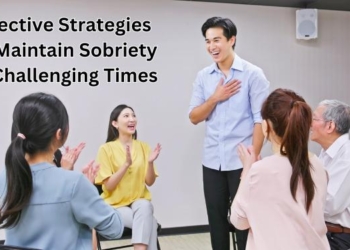If You Want a Better World, Become a Quantum Activist
December 26, 2019
10 Reasons Why I Don’t Care Anymore and Neither Should You
March 20, 2018
How to Clean Up and Detox Your Lungs in just 3 Days
April 29, 2018
Why Trump Supporters Don't Understand Free Speech
April 19, 2025
Daily Horoscope Monday 14th April 2025
April 13, 2025
April Monthly Astrology Video 2025 + All Signs…
April 5, 2025
Aries Season 2025 Astrology Overview + All Signs Forecasts…
March 21, 2025





























![Who Is Bobby Kennedy? [30-Minute Film on RFK Jr.’s Life, Narrated by Woody Harrelson]](https://consciouslifenews.com/wp-content/uploads/2024/05/who-is-bobby-kennedy-350x250.jpg)























